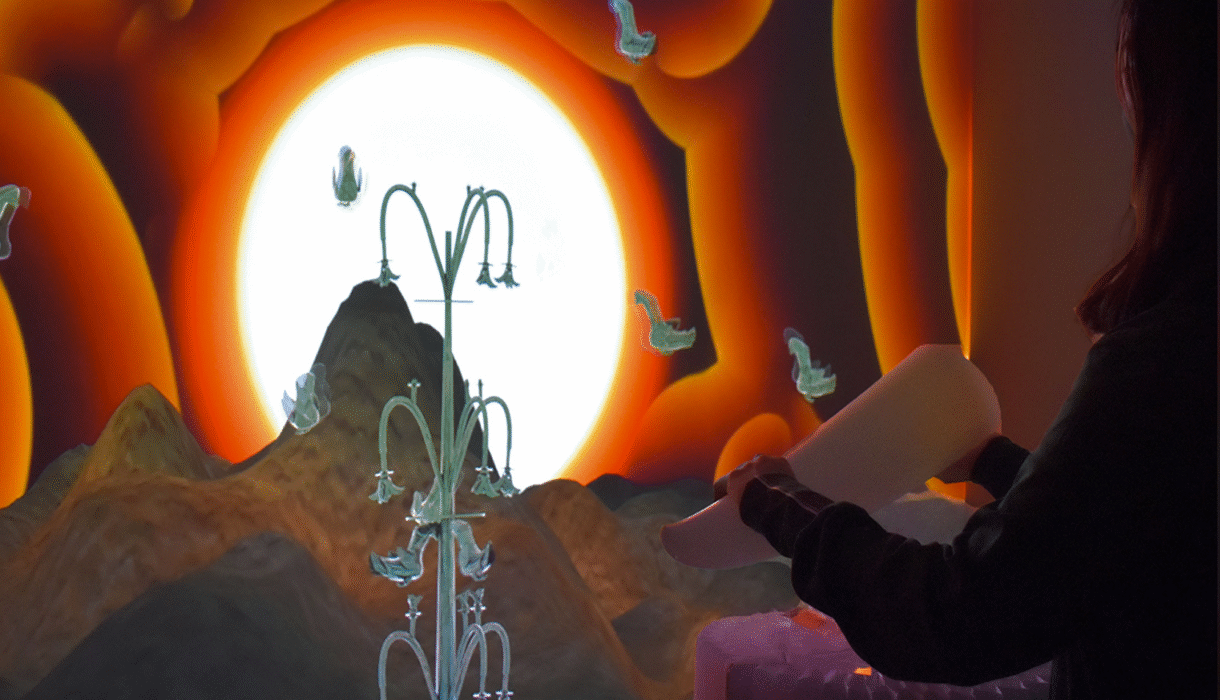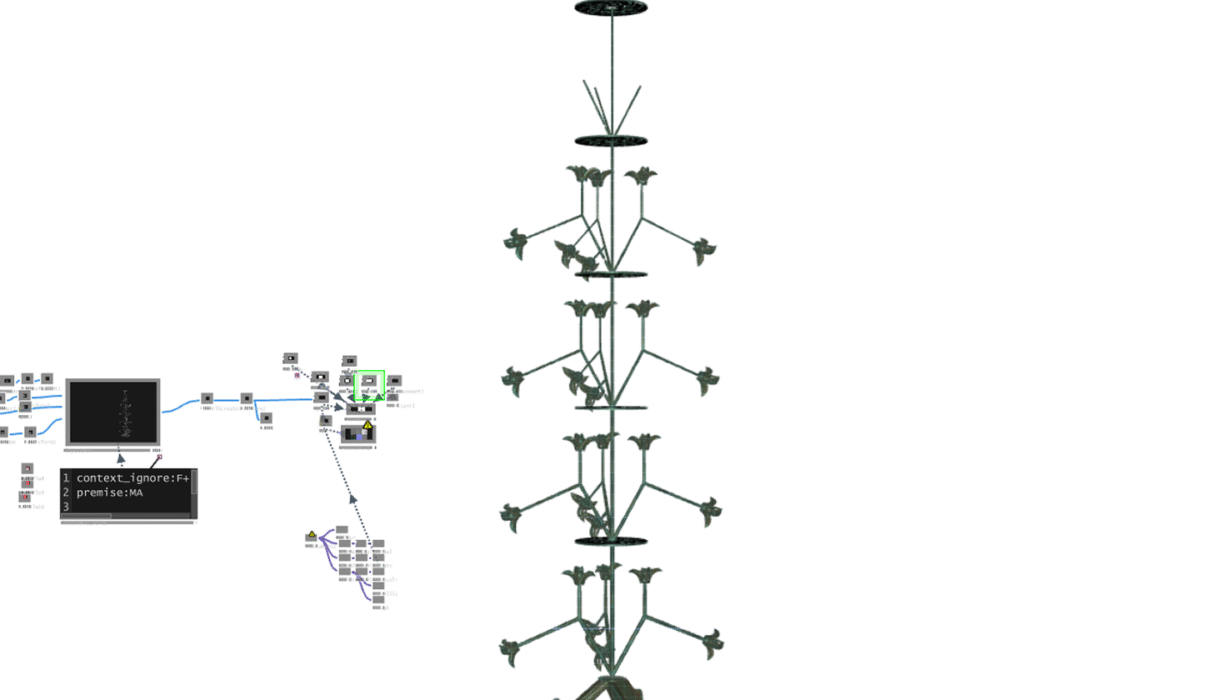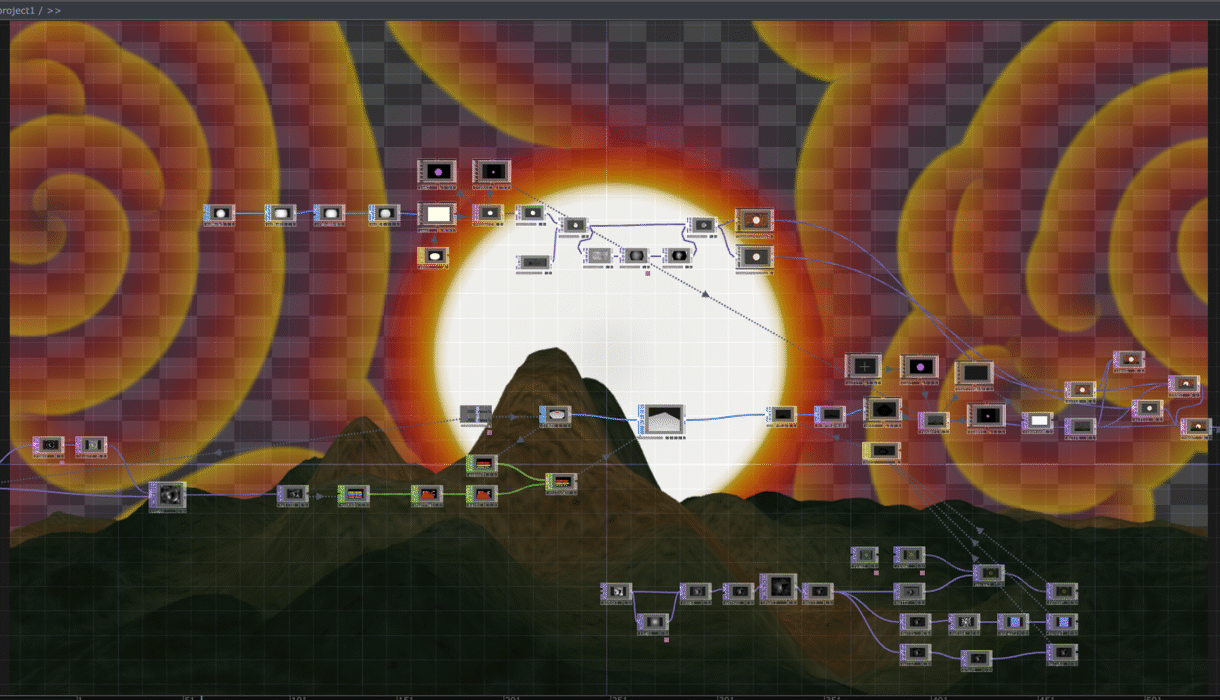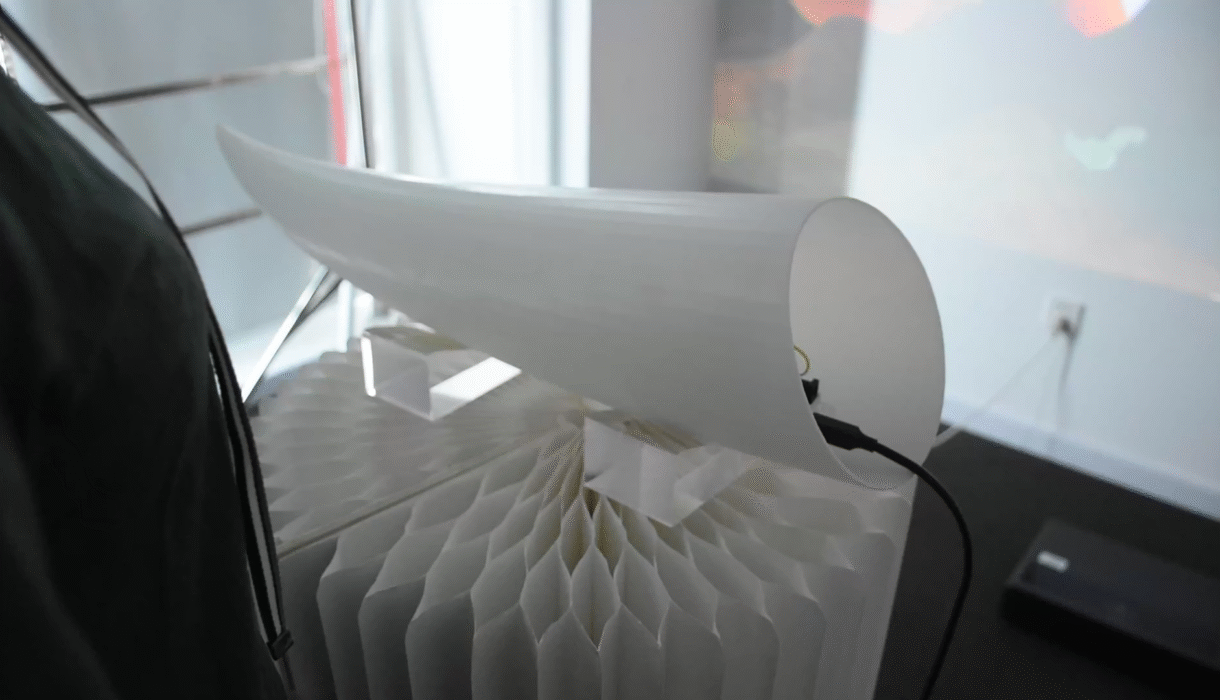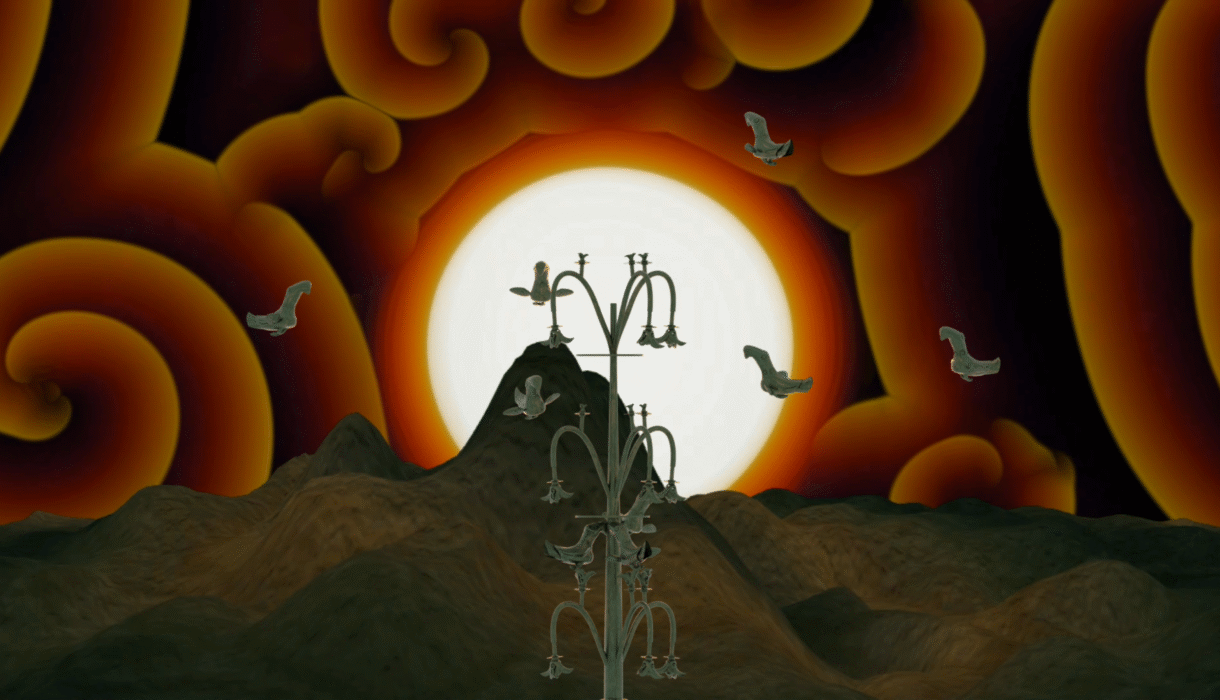Animate scared Tree
An interactive installation that simulates the sacrificial rituals of the ancient Shu
Overview
An interactive installation was designed to immerse visitors in the role of Analogue from the ancient Shu, using ivory as a ritual object to communicate with the gods through the sacred tree. Using the elements of the sun, sacred tree and phoenix, combined with the symbolism of mythological stories, allows visitors to have cultural resonance with the ancient Shu people.
Tool



Background
The sacred tree in the sacrificial culture of Sanxingdui
Sanxingdui, founded on natural worship, totem worship, and ancestor worship, was a theocratic state where shamans and priests conducted various ritual activities, creating art characterized by mystical exaggeration.
In myth and legend, they believed that trees symbolized the sun and could serve as a bridge connecting heaven and earth.
Among the collections in the Sanxingdui Museum, the bronze sacred tree is one of the most famous artifacts, standing 3.96 meters tall.
Research
Exploring Knowledge in Immersive Interaction
Through research, it was found that people enjoy interacting with exhibits — they like to imitate the poses of the figures or use visual illusions in photos to make it appear as if they are wearing or merging with the exhibits. Moreover, during the viewing process, an overload of text and audio guides often leads to fatigue, resulting in a less engaging experience.
Therefore, starting from the historical background of the sacred tree, I explored how to create an immersive, nonverbal interactive experience that enhances a sense of participation while allowing visitors to learn background knowledge in a more intuitive way.
Design Concept and Technical Testing
Embodied Ritual Experience
During the sacrificial ritual, the priest would kneel before the sacred tree, holding an ivory object to offer prayers. In the design, I recreated this scene by creating a sacred tree that grows and withers with each act of prayer, set against a backdrop illuminated by sunlight.
Sensor data was collected through an Arduino board, and TouchDesigner received this data to control the halo expansion in the background and the growth dynamics of the sacred tree. The 3D model was constructed using Blender.
